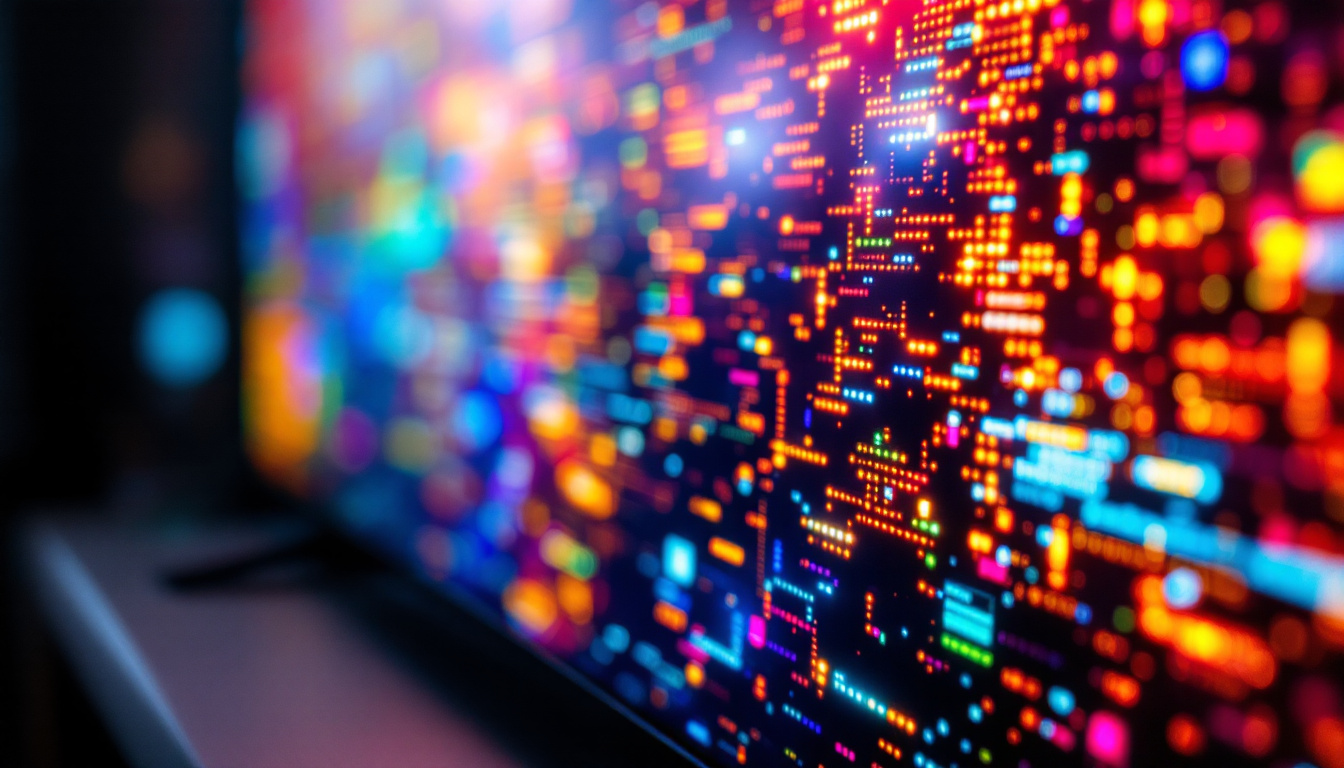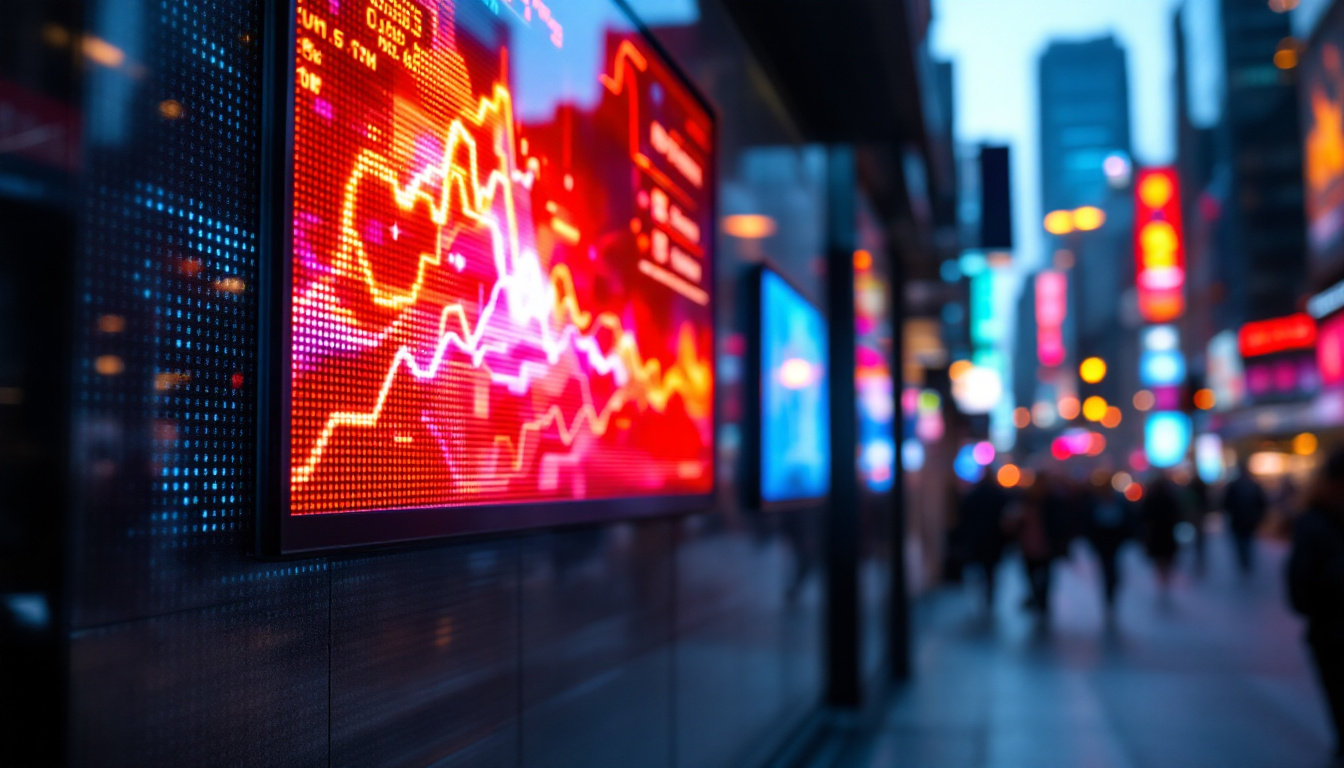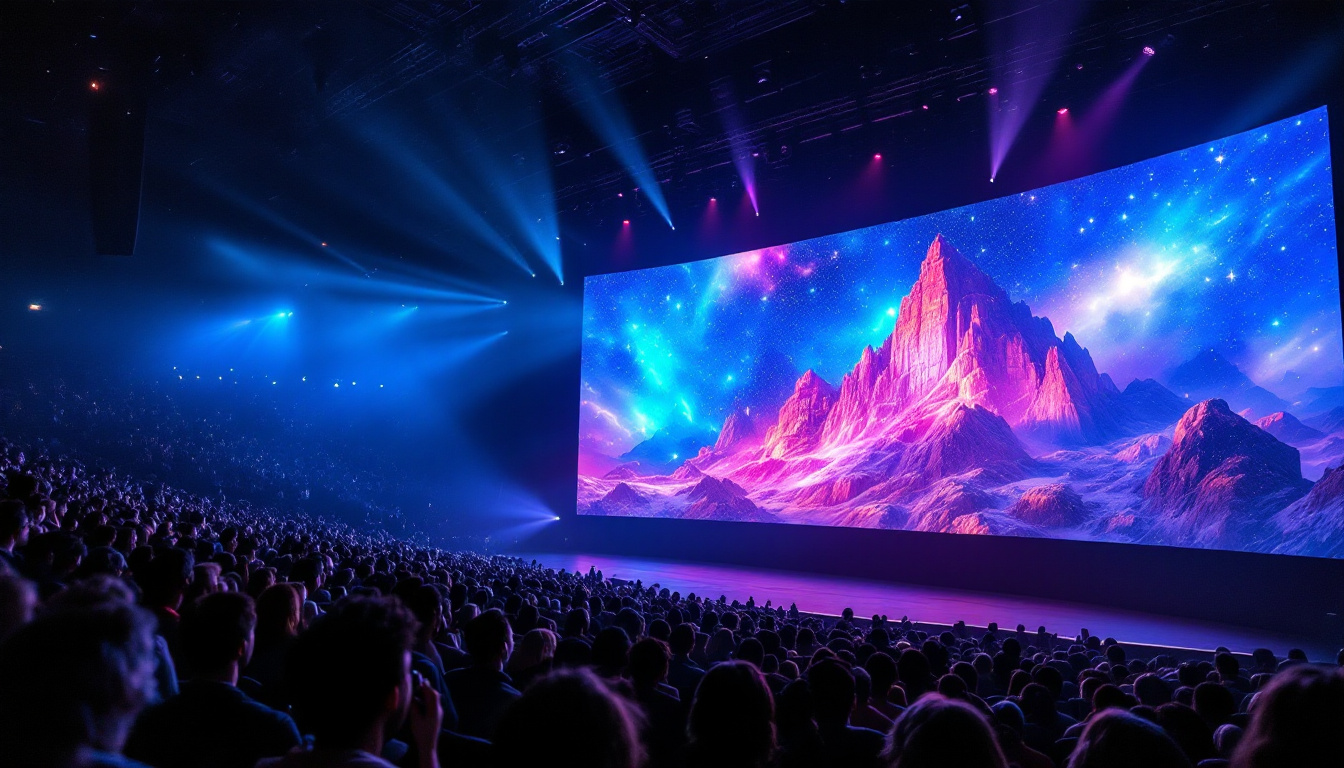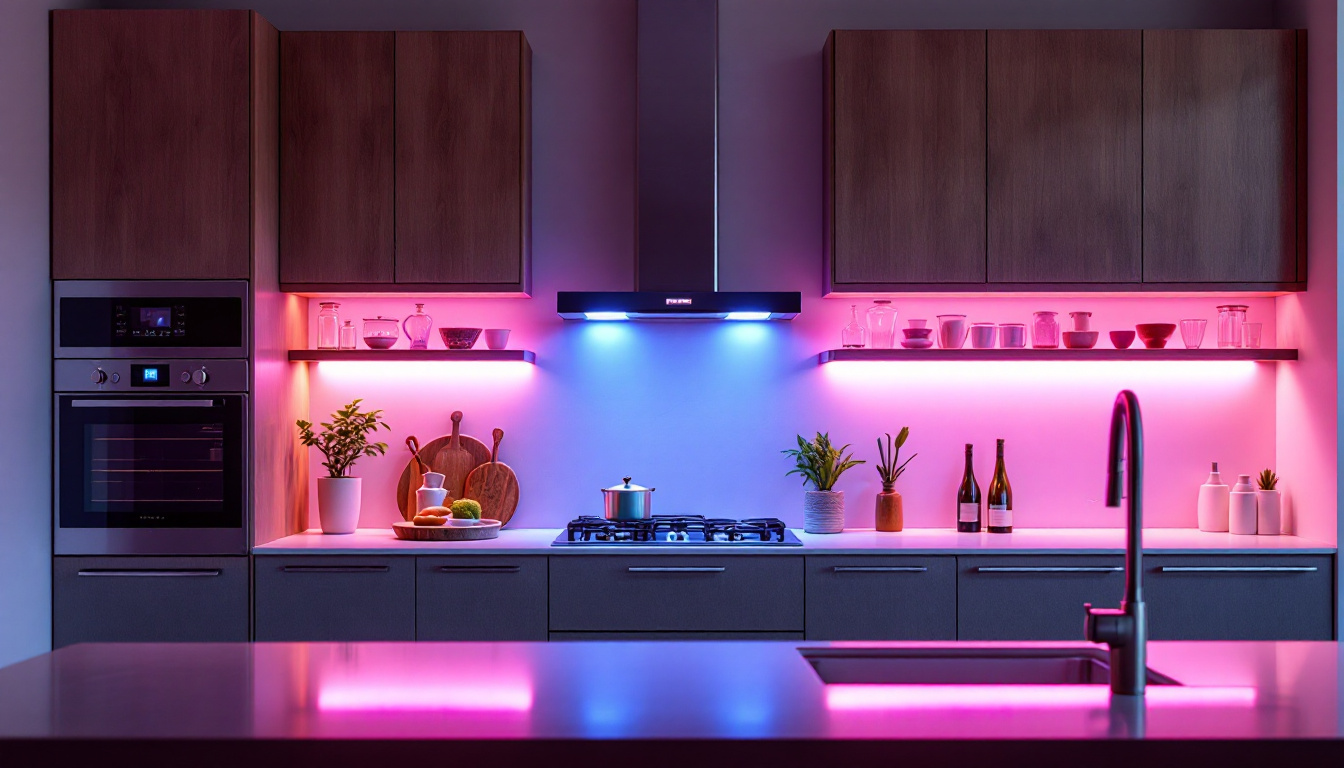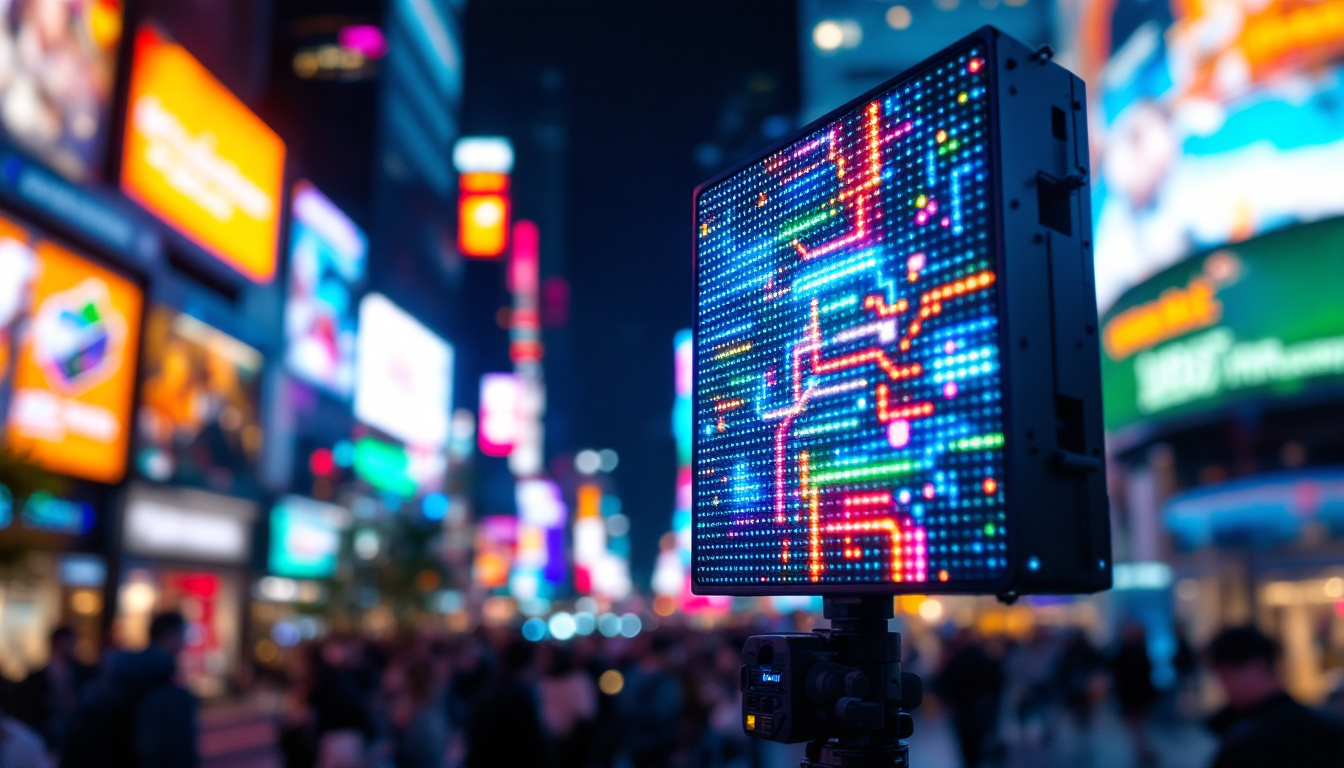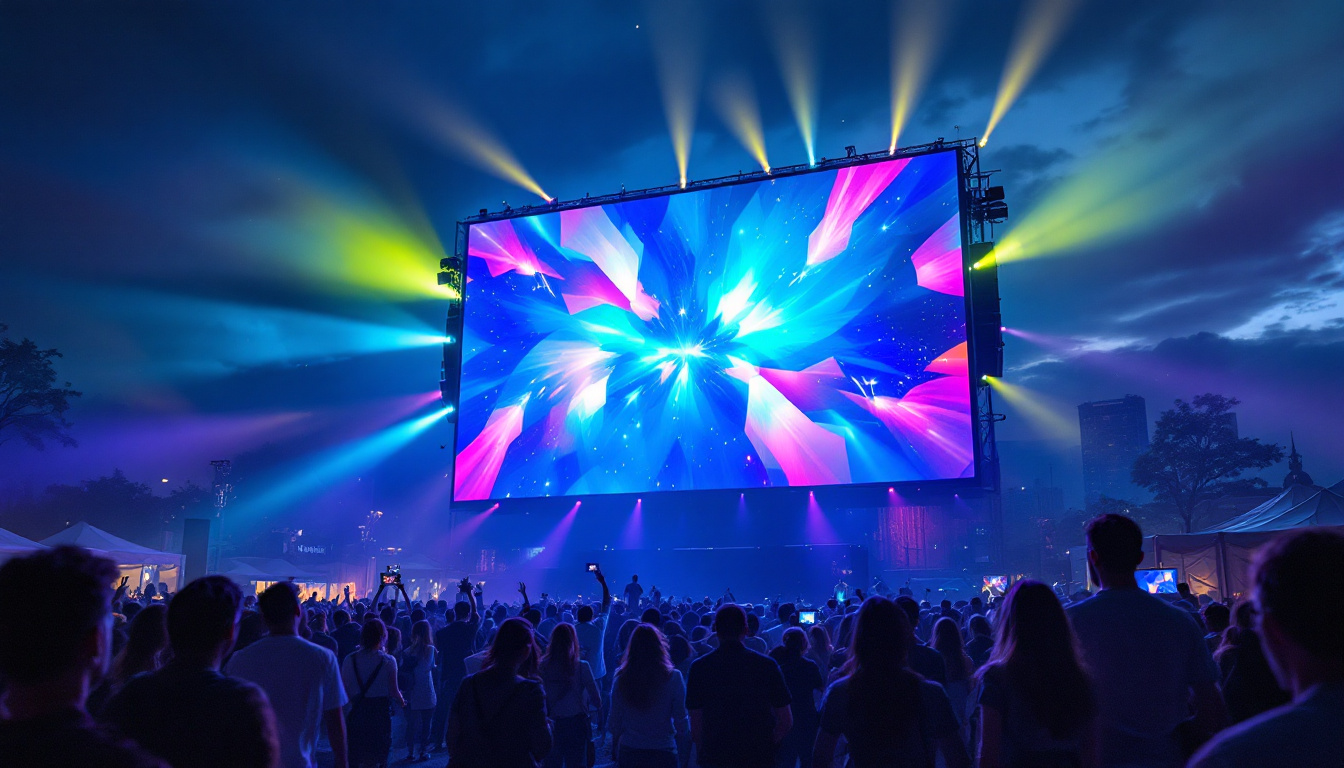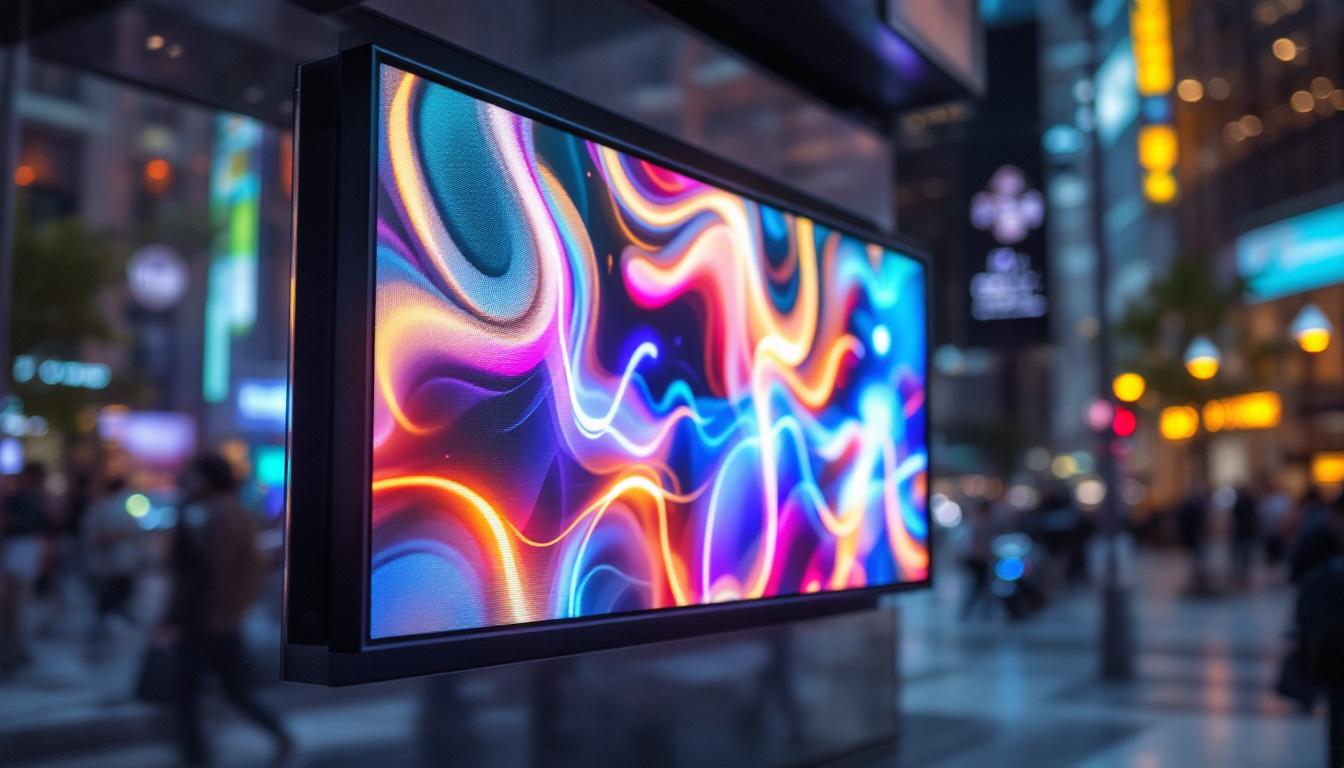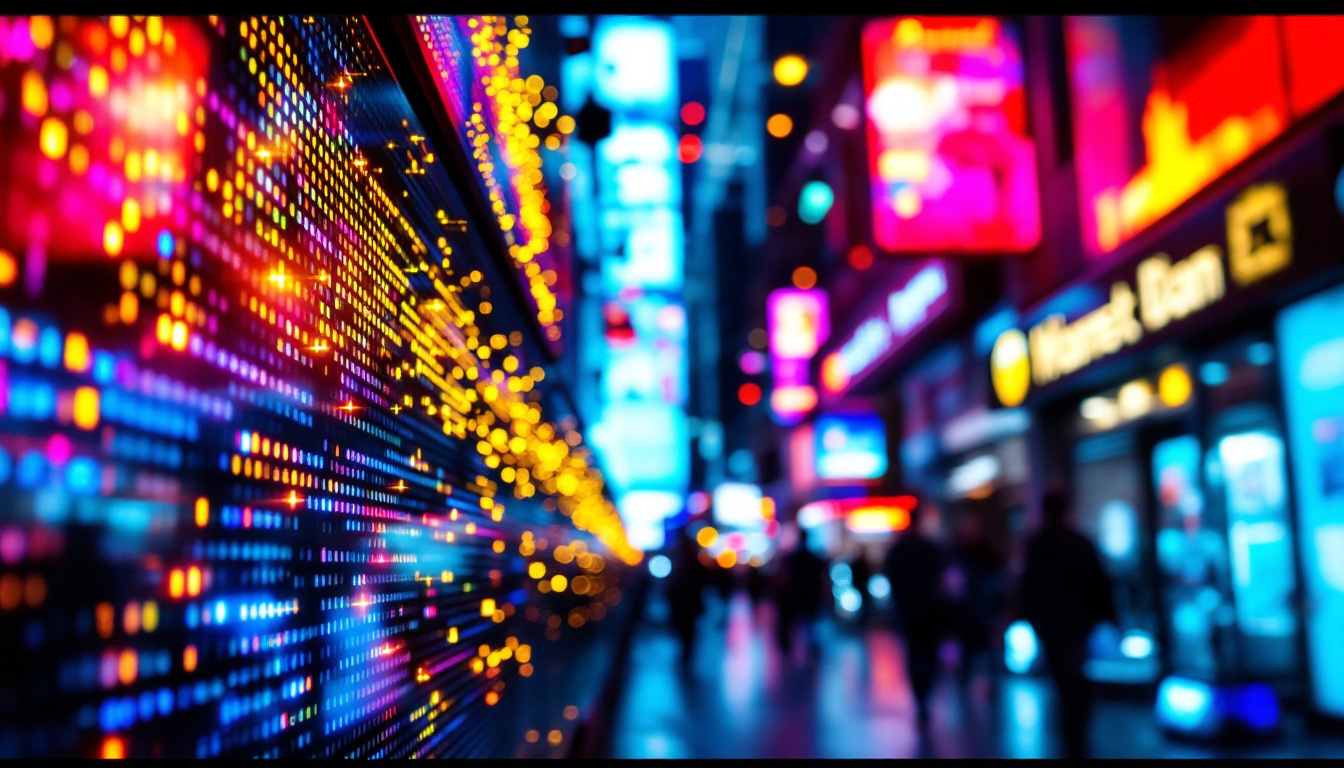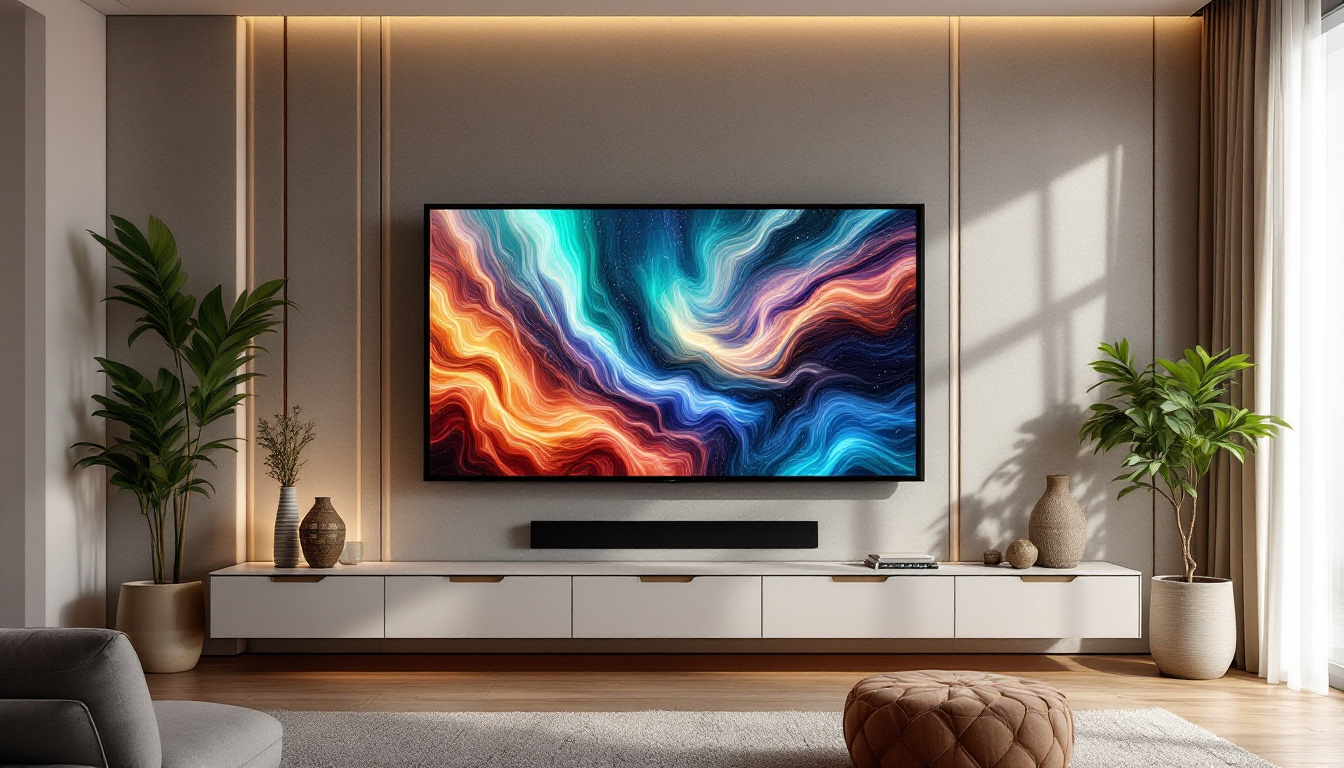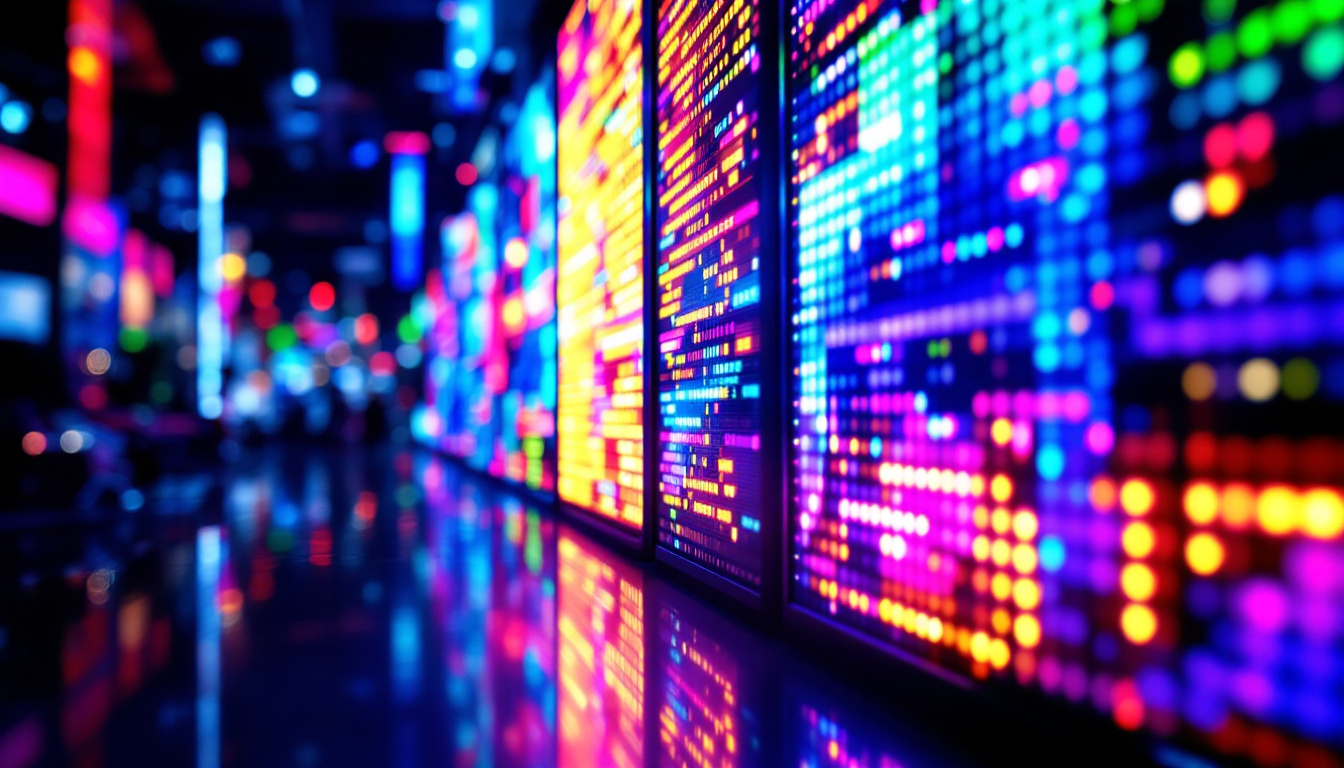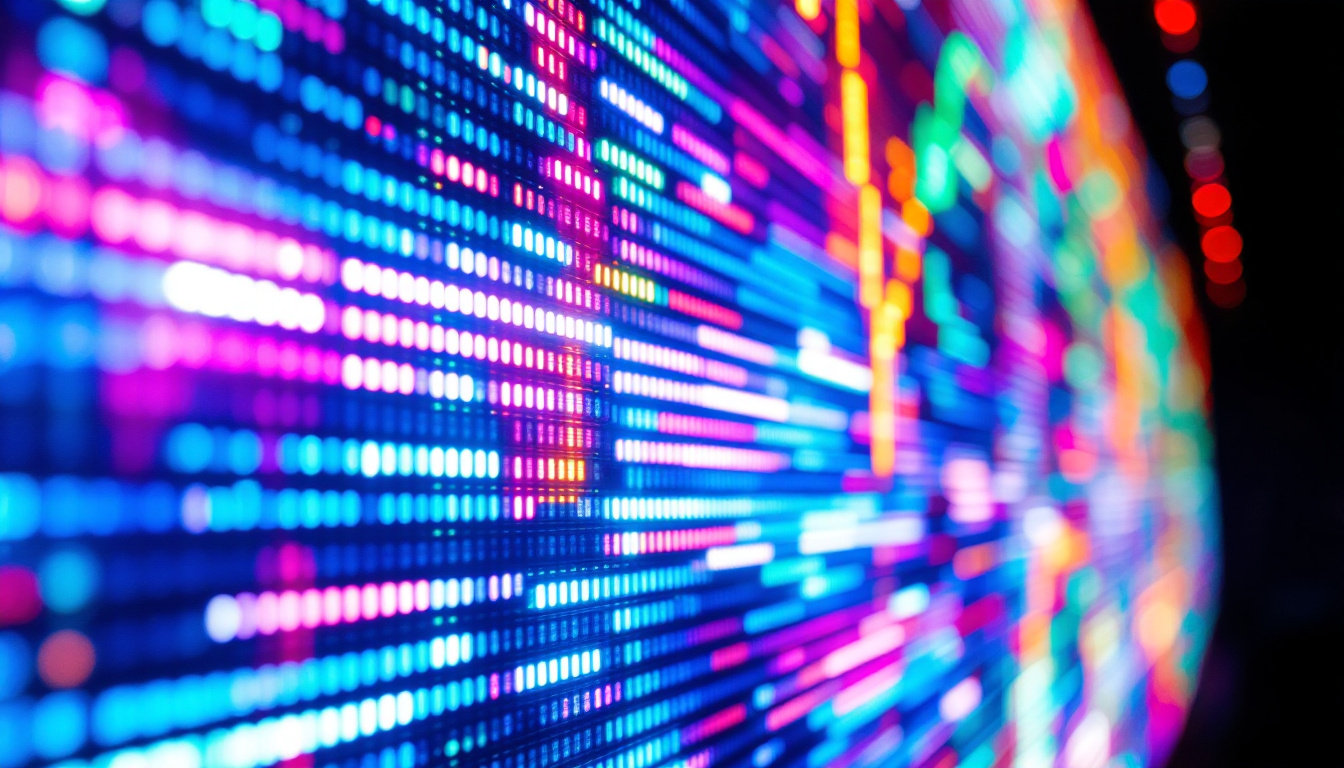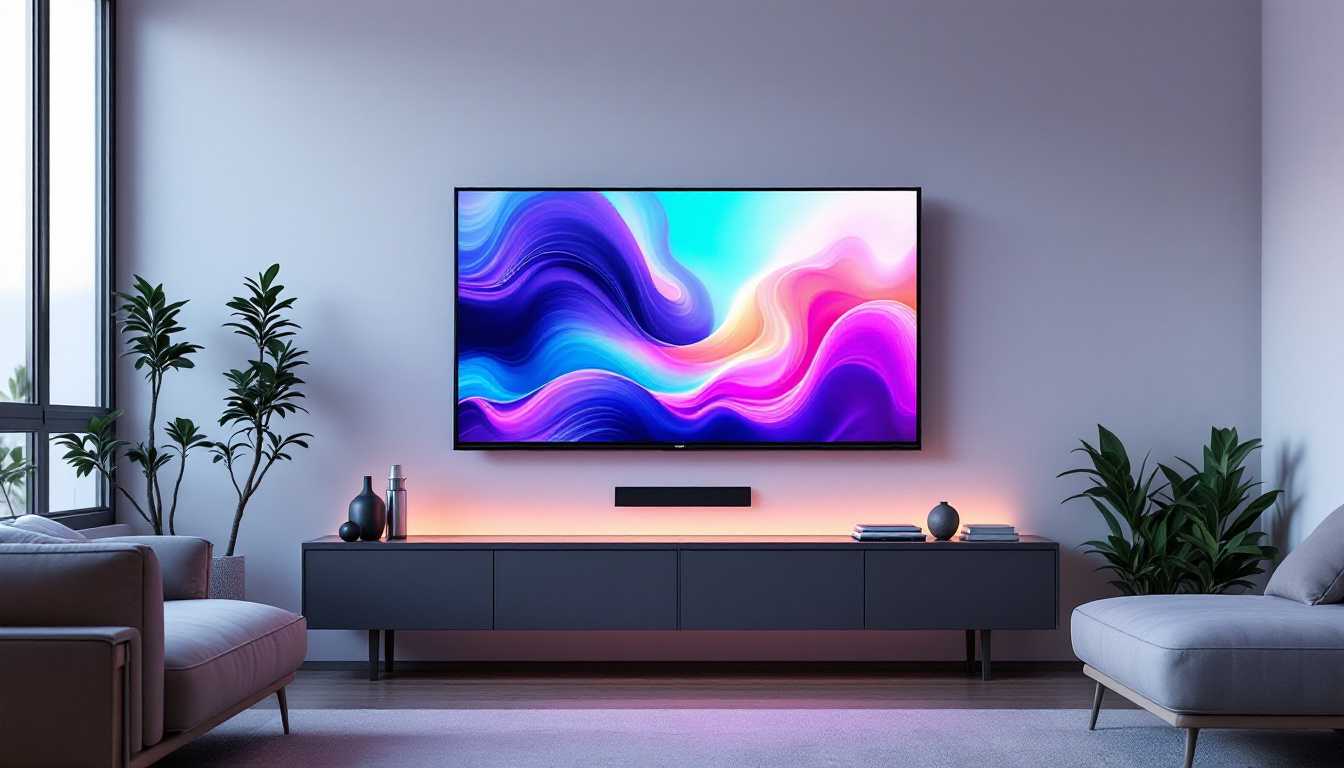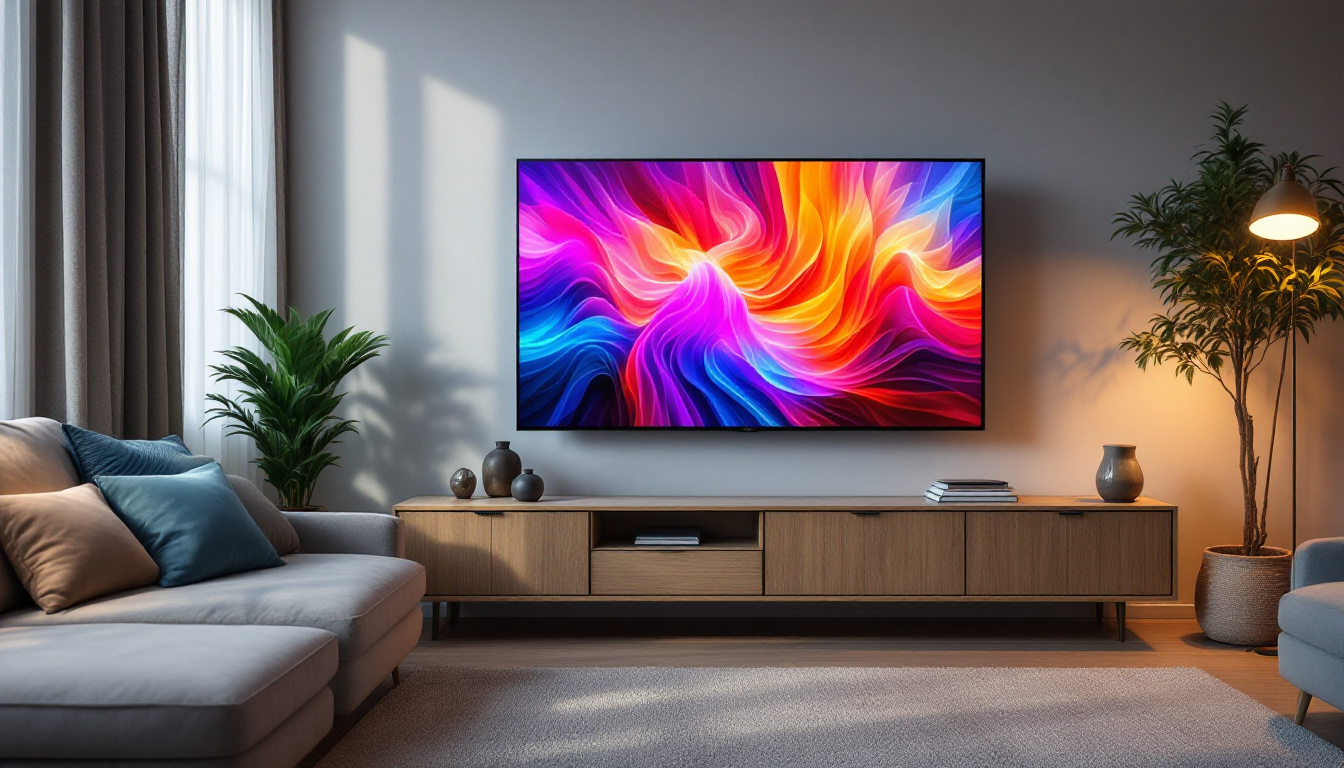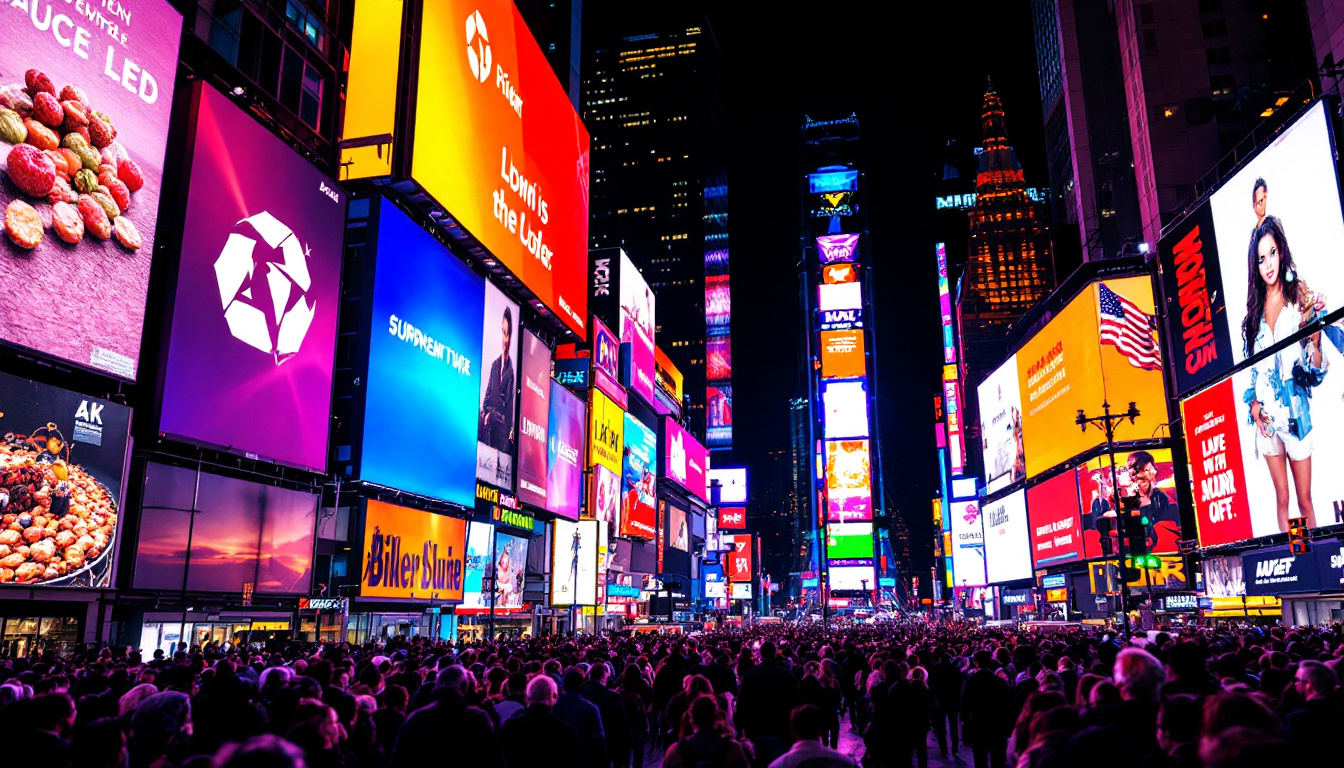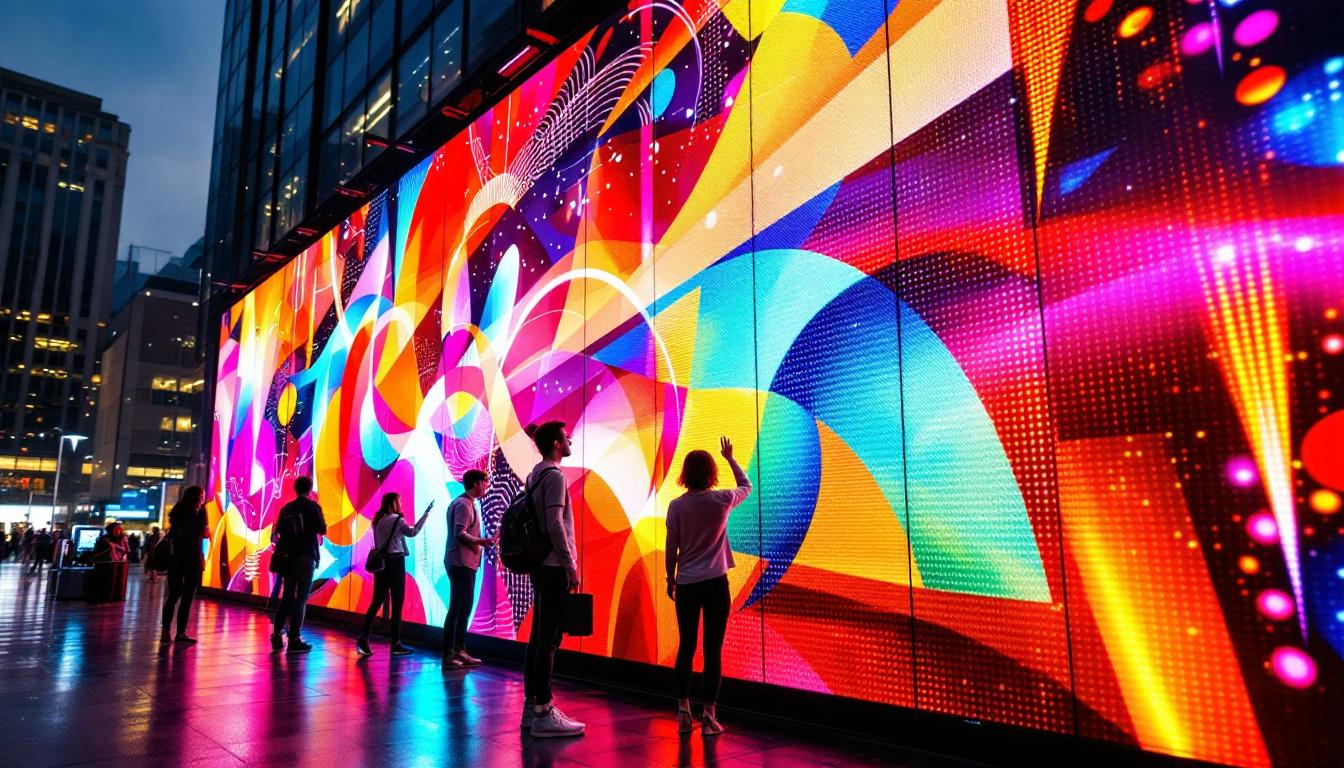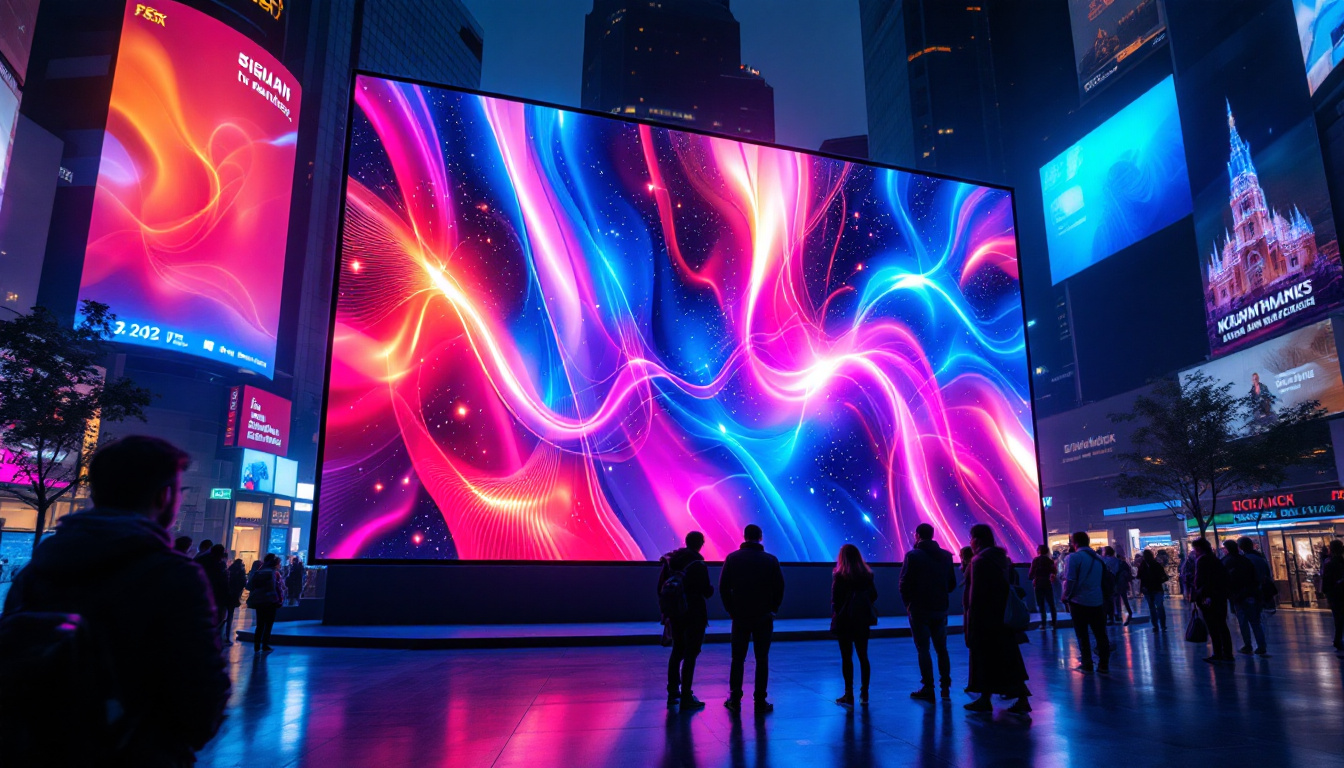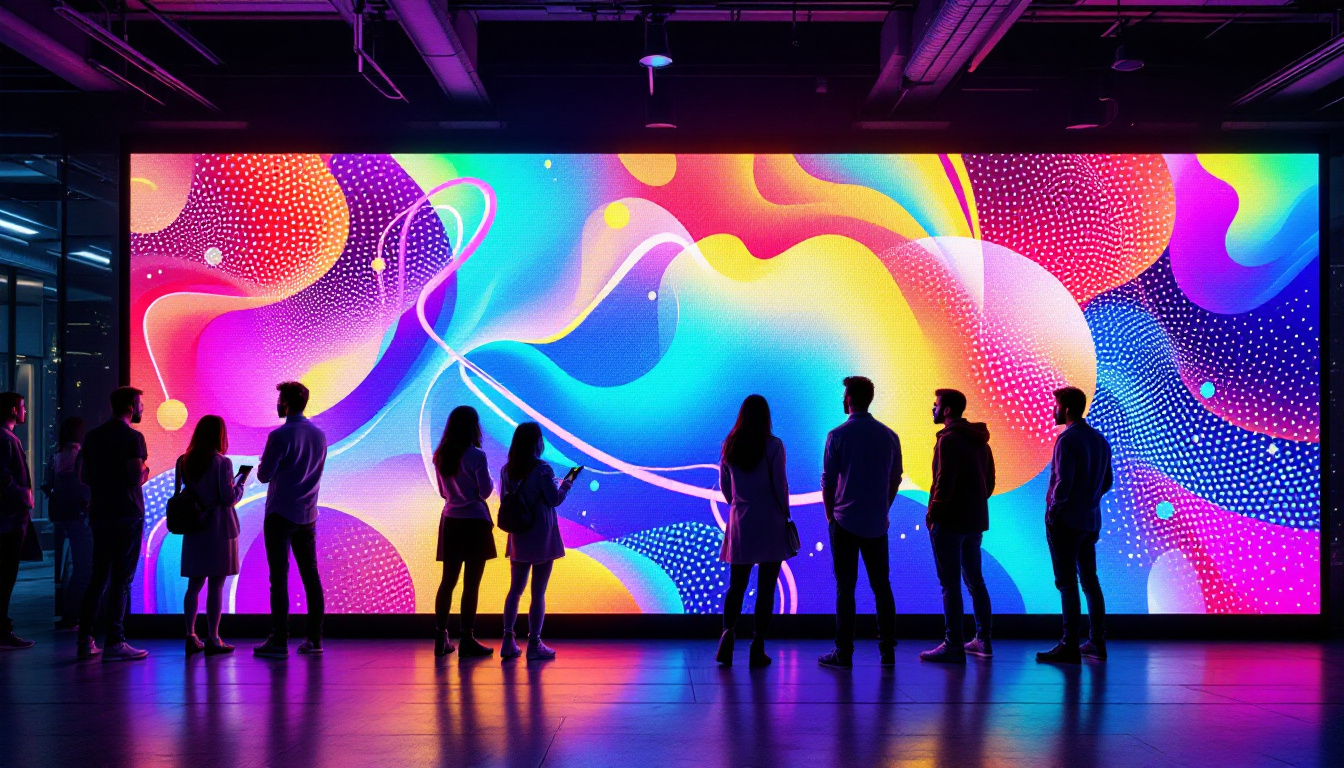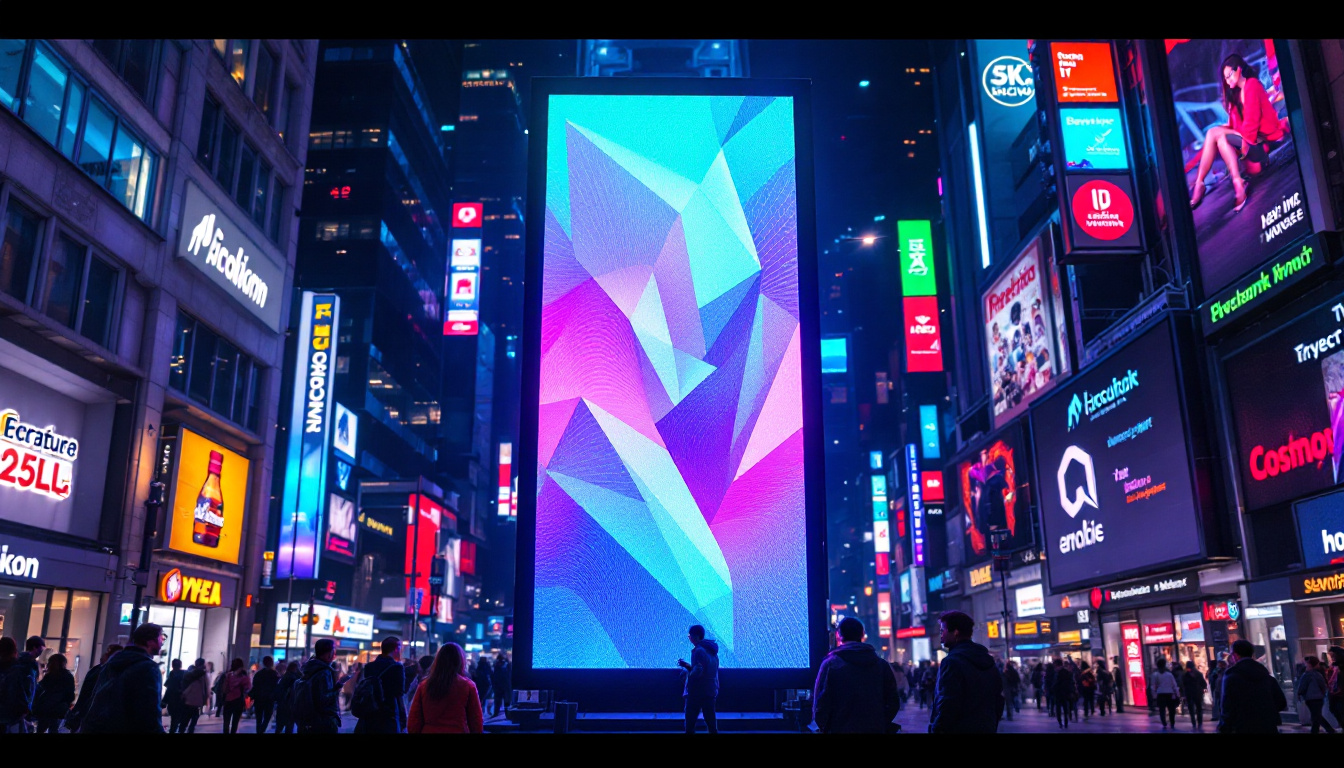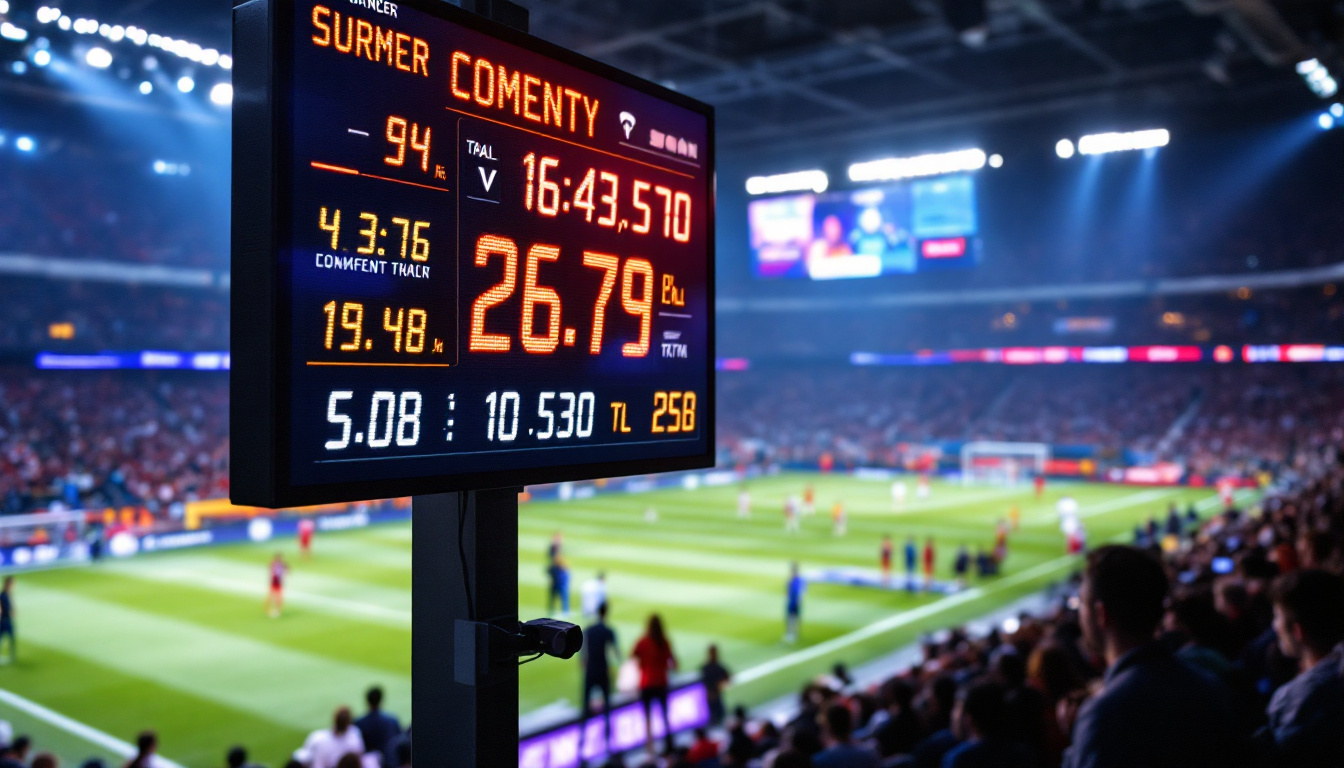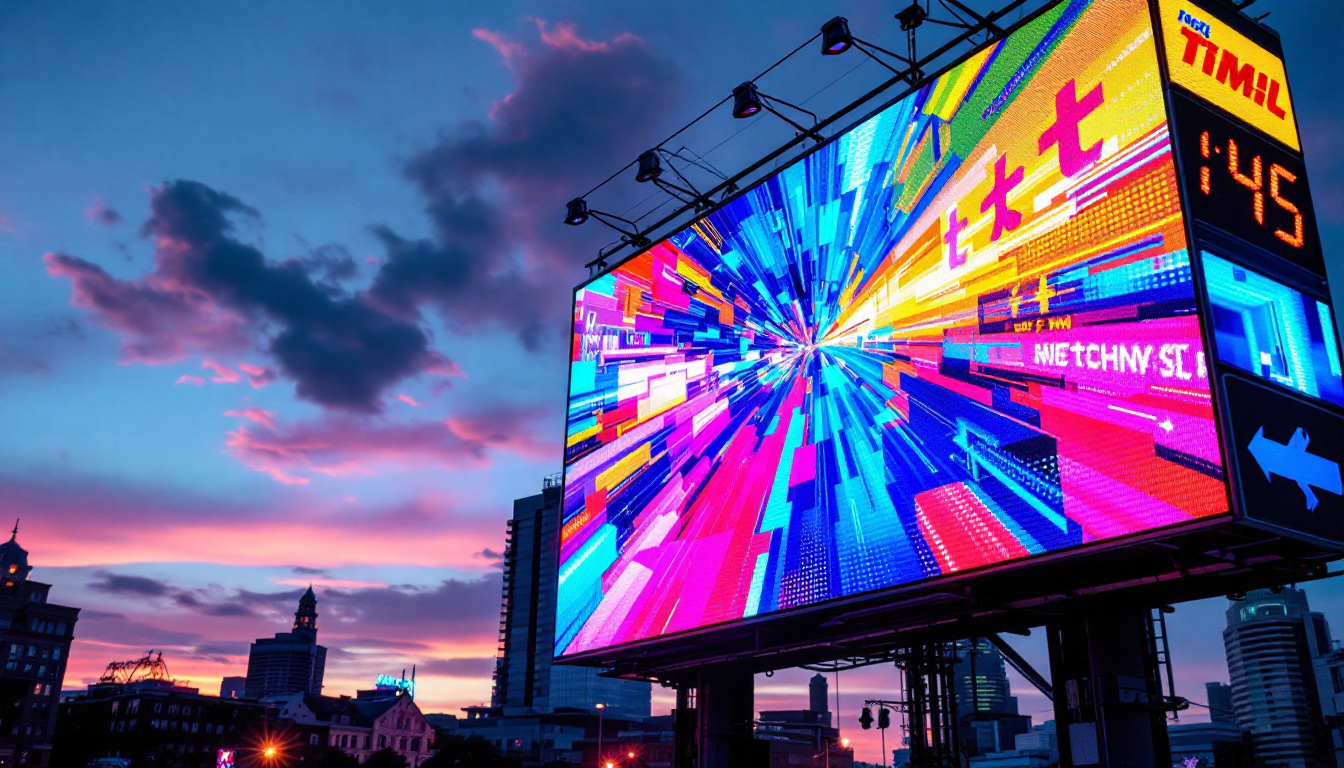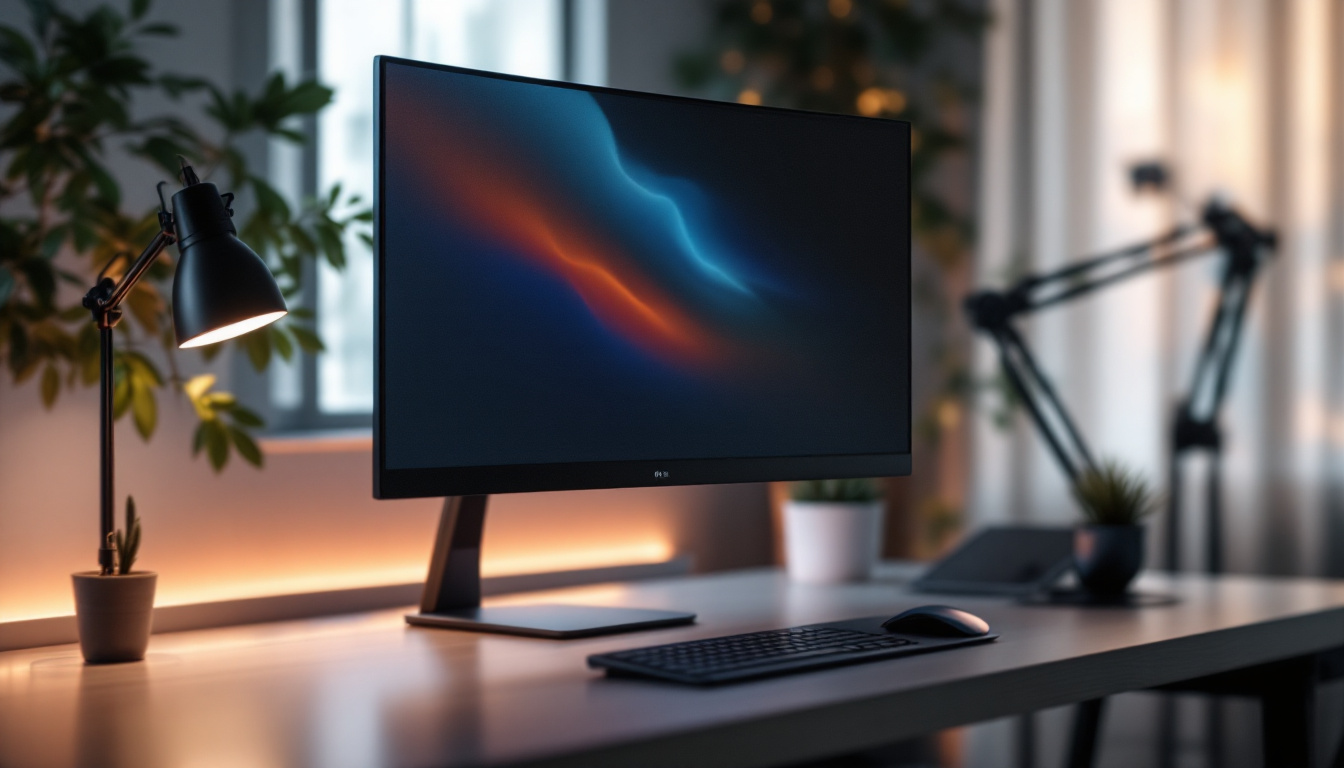In the ever-evolving world of television technology, understanding the components that contribute to picture quality is essential for consumers and enthusiasts alike. One of the most crucial aspects of modern displays is the pixel, particularly in LED (Light Emitting Diode) technology. This article aims to unravel the complexities of television pixels and how they function within LED displays, providing insights into their significance in delivering stunning visuals.
Understanding Pixels
At the core of any digital display, pixels are the smallest units of a picture. Each pixel can emit light in various colors, and when combined, they create the images we see on our screens. The term “pixel” is derived from “picture element,” and it plays a vital role in determining the overall resolution and clarity of the display. The evolution of pixel technology has been remarkable, with advancements leading to higher resolutions and more vibrant color reproduction, enhancing our viewing experiences across various devices.
What is a Pixel?
A pixel is essentially a tiny square of color that, when grouped with thousands or millions of other pixels, forms a complete image. In LED displays, each pixel is made up of subpixels, typically red, green, and blue (RGB). By varying the intensity of these subpixels, a wide range of colors can be produced, allowing for vibrant and lifelike images. The arrangement and technology behind pixels can vary significantly; for instance, OLED displays utilize organic compounds that emit light, enabling deeper blacks and more dynamic contrast compared to traditional LCD screens, which rely on backlighting.
Resolution and Pixel Density
Resolution refers to the number of pixels displayed on the screen, usually represented as width x height (e.g., 1920 x 1080). Higher resolution means more pixels, which can result in sharper images. Pixel density, measured in pixels per inch (PPI), indicates how closely packed the pixels are on the display. A higher pixel density typically leads to better image quality, especially on larger screens. For example, a smartphone with a PPI of 400 will deliver crisper images than a larger television with a PPI of 100, even if both have the same resolution. This is crucial for applications such as mobile gaming and photography, where detail and clarity are paramount.
Moreover, the concept of resolution extends beyond just numbers; it also encompasses the aspect ratio, which is the ratio of the width to the height of the display. Common aspect ratios like 16:9 or 4:3 influence how content is viewed and can affect the overall experience. For instance, widescreen formats are ideal for movies and gaming, providing an immersive experience, while traditional ratios may be better suited for older media. Understanding these elements helps consumers make informed decisions when selecting devices that best fit their needs and preferences.
The Role of LED Technology
LED technology has revolutionized the way we experience visual content. Unlike traditional LCD displays that use fluorescent backlighting, LED displays utilize diodes to produce light, resulting in brighter images and improved energy efficiency. This advancement has not only enhanced the quality of home entertainment systems but has also transformed commercial applications, from advertising billboards to digital signage in retail environments. The ability to create dynamic and eye-catching displays has made LED technology a staple in various industries, driving innovation and creativity in visual communication.
Types of LED Displays
There are several types of LED displays, including edge-lit, direct-lit, and OLED. Edge-lit displays have LEDs positioned along the edges of the screen, while direct-lit displays have a grid of LEDs behind the screen. OLED (Organic LED) displays, on the other hand, utilize organic compounds that emit light when an electric current is applied, allowing for deeper blacks and more vibrant colors. Additionally, MicroLED technology is emerging as a game-changer, offering even smaller pixels for higher resolutions and improved color accuracy, making it an exciting option for future display innovations. This technology promises to deliver an unparalleled viewing experience, particularly for large-scale installations where detail and clarity are paramount.
Benefits of LED Technology
LED technology offers numerous advantages over traditional display technologies. One of the most notable benefits is energy efficiency; LED displays consume less power, making them more environmentally friendly. Additionally, they provide better contrast ratios, which enhance the viewing experience by delivering deeper blacks and brighter whites. The slim profile of LED displays also allows for sleek and modern designs that can fit seamlessly into any living space. Furthermore, LED displays boast longer lifespans compared to their predecessors, often lasting tens of thousands of hours without significant degradation in quality. This durability not only reduces the need for frequent replacements but also contributes to lower maintenance costs, making LED technology a smart investment for both consumers and businesses alike. As the demand for high-quality visual experiences continues to grow, the advantages of LED technology will likely play a pivotal role in shaping the future of display solutions.
How Pixels Work in LED Displays
The functionality of pixels in LED displays is a fascinating process that involves several key elements. Understanding how these components work together can shed light on the quality of the images produced.
Subpixel Configuration
As mentioned earlier, each pixel in an LED display is comprised of subpixels. The RGB configuration allows for a vast spectrum of colors to be created by adjusting the brightness of each subpixel. For instance, combining red and green at full brightness will yield yellow, while turning off the blue subpixel results in a pure yellow hue. This combination of colors forms the basis for all images on the screen. Additionally, some advanced displays utilize a wider color gamut by incorporating white or additional colors, such as cyan, magenta, and yellow (CMYK), to enhance the vibrancy and accuracy of the displayed images. This expanded color range is particularly beneficial in applications like graphic design and photography, where precise color reproduction is essential.
Pixel Activation and Refresh Rate
Pixels are activated through a process known as pulse-width modulation (PWM). This technique adjusts the brightness of each pixel by rapidly turning it on and off, creating the illusion of varying brightness levels. The refresh rate, measured in hertz (Hz), indicates how many times the image is refreshed per second. A higher refresh rate leads to smoother motion and reduces motion blur, which is particularly important for fast-paced content like sports or action movies. Furthermore, the human eye perceives flickering at lower refresh rates, which can lead to eye strain and fatigue during prolonged viewing. Therefore, manufacturers often aim for refresh rates of at least 60 Hz for general use, while gaming monitors may reach 144 Hz or higher to provide an optimal experience for gamers seeking fluid motion and responsiveness.
Factors Affecting Picture Quality
While pixels and LED technology play a significant role in picture quality, several other factors also contribute to the overall viewing experience. These include color accuracy, contrast ratio, and viewing angles.
Color Accuracy
Color accuracy refers to how faithfully a display reproduces colors compared to the original source. A display with high color accuracy will show colors as they were intended to be seen, while a display with poor color accuracy may distort hues. Calibration is often necessary to achieve optimal color accuracy, ensuring that the display can reproduce a wide color gamut.
Contrast Ratio
The contrast ratio measures the difference between the darkest blacks and the brightest whites a display can produce. A higher contrast ratio enhances the depth and richness of images, making them more visually appealing. LED displays typically offer superior contrast ratios compared to their LCD counterparts, thanks to their ability to produce true blacks by turning off individual pixels.
Viewing Angles
Viewing angles refer to the range of angles from which a display can be viewed without significant loss of image quality. Many LED displays suffer from limited viewing angles, where colors may appear washed out or distorted when viewed from the side. However, advancements in technology, such as IPS (In-Plane Switching) panels, have improved viewing angles, allowing for a more consistent experience across different positions.
The Future of LED Displays
As technology continues to advance, the future of LED displays looks promising. Innovations in pixel technology, such as MicroLED and MiniLED, are paving the way for even better picture quality and energy efficiency.
MicroLED Technology
MicroLED technology utilizes tiny self-emitting LEDs to create individual pixels, allowing for incredible contrast ratios and color accuracy. This technology eliminates the need for backlighting, resulting in thinner and lighter displays. Additionally, MicroLED displays can achieve higher brightness levels without sacrificing energy efficiency, making them an exciting option for the future.
MiniLED Technology
MiniLED technology is a step between traditional LED and MicroLED. It uses smaller LEDs for backlighting, which allows for more precise control over local dimming zones. This results in improved contrast and brightness levels, particularly in HDR (High Dynamic Range) content. MiniLED displays are becoming increasingly popular in high-end televisions, offering a premium viewing experience.
Conclusion
Understanding television pixels and LED display technology is essential for anyone looking to enhance their viewing experience. With advancements in technology, consumers can expect even better picture quality, energy efficiency, and design options in the future. By considering factors such as resolution, color accuracy, and contrast ratio, individuals can make informed decisions when purchasing a new television. As the landscape of display technology continues to evolve, staying informed about these developments will ensure that viewers can enjoy the best possible visual experience.
Discover the Future of Visual Experience with LumenMatrix
Ready to take your visual experience to the next level? LumenMatrix is at the forefront of LED display innovation, offering a wide array of solutions tailored to meet your needs. Whether you’re looking for an Indoor LED Wall Display to captivate your audience, an Outdoor LED Wall Display to enhance brand visibility, or any of our specialized displays like Vehicle, Sports, or Floor LED Displays, LumenMatrix has the cutting-edge technology to revolutionize your visual communication. Embrace the future with our Custom, All-in-One, and LED Transparent Displays that promise to deliver engagement and clarity like never before. Check out LumenMatrix LED Display Solutions today and be a part of the visual revolution.

